Imagine sinking your teeth into a succulent, sun-warmed peach, right from your own backyard. Growing peaches can be deeply rewarding, offering a fresh, flavorful bounty that store-bought fruit simply can’t match.
In this article, we’ll explore 12 expert tips for cultivating the most flavorful peaches right in your yard. From selecting the right soil to mastering post-harvest handling, these insights will help ensure your peach trees thrive and produce delectable fruit for you to enjoy.
Table of Contents
Key Takeaways
- Proper soil preparation is the foundation of healthy peach tree growth and flavorful fruit production.
- Choosing the right peach tree varieties for your region is crucial for successful cultivation and taste.
- Understanding the best planting time can significantly impact your peach trees’ health and fruit quality.
- Knowledge of pollination requirements is essential for ensuring abundant and well-formed peaches.
- Effective watering techniques, fertilization schedules, and pruning methods are key to maximizing fruit flavor and yield.
1. Soil Preparation

Preparing the soil is a critical first step in growing flavorful peaches. Choose a site with well-drained, moderately fertile soil as peach trees won’t thrive in compacted or overly wet conditions. Testing your soil is essential to determine its composition, including levels of nitrogen, phosphorous, potassium, and its pH level.
Amend your soil based on the test results to create the ideal growing environment. Mulch can be a valuable addition, improving soil fertility and moisture retention while suppressing weeds. Apply mulch after planting and periodically in the spring and fall.
For soil testing, consult with your State Extension Offices. They can provide detailed instructions on how to collect a soil sample and interpret the results to guide your soil amendments for optimal peach tree growth.
Remember, understanding and amending your soil is the foundation of a healthy peach orchard. Proper soil preparation ensures your peach trees have the best start possible.
2. Peach Tree Varieties for growing peaches
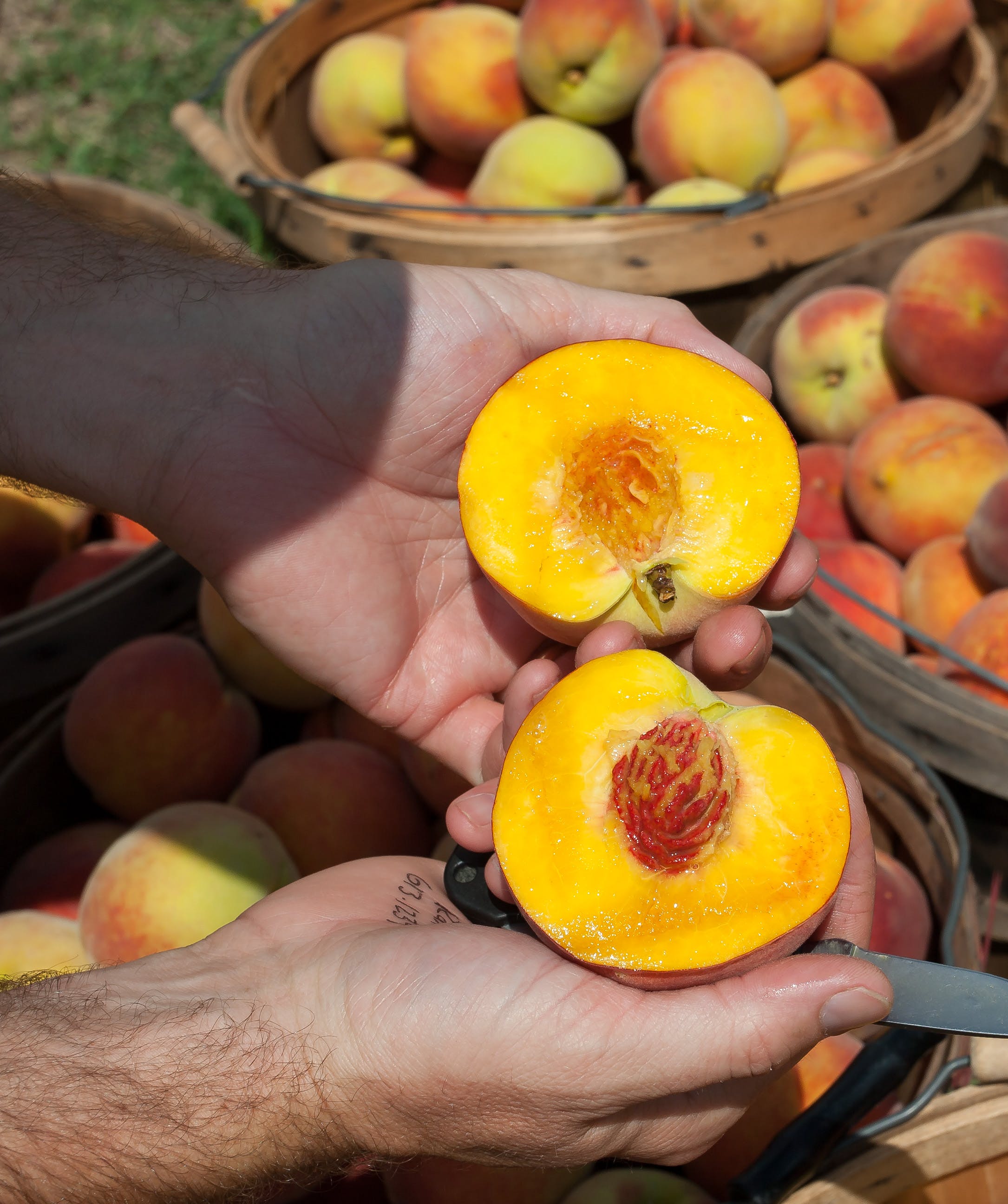
Choosing the right peach tree variety is crucial for a successful harvest. Different varieties thrive in different climates, so it’s important to select one that is well-suited to your local conditions. For example, the Reliance and Contender peach trees are known for their ability to prosper in colder climates, such as Zone 5.
When considering height and space, keep in mind that many peach trees will grow to be between 15 and 25 feet tall. Ensure you have ample space in your yard to accommodate the mature size of the tree.
Selecting a peach tree variety that matches your climate and space availability is the first step towards enjoying luscious, home-grown peaches.
Here are a few popular peach tree varieties to consider:
- Reliance: Cold-hardy, produces sweet fruit.
- Contender: Resistant to frost, yields juicy peaches.
- Elberta: Known for large, flavorful peaches.
- Redhaven: Early harvest, excellent for canning and fresh eating.
3. Planting Time for growing peaches
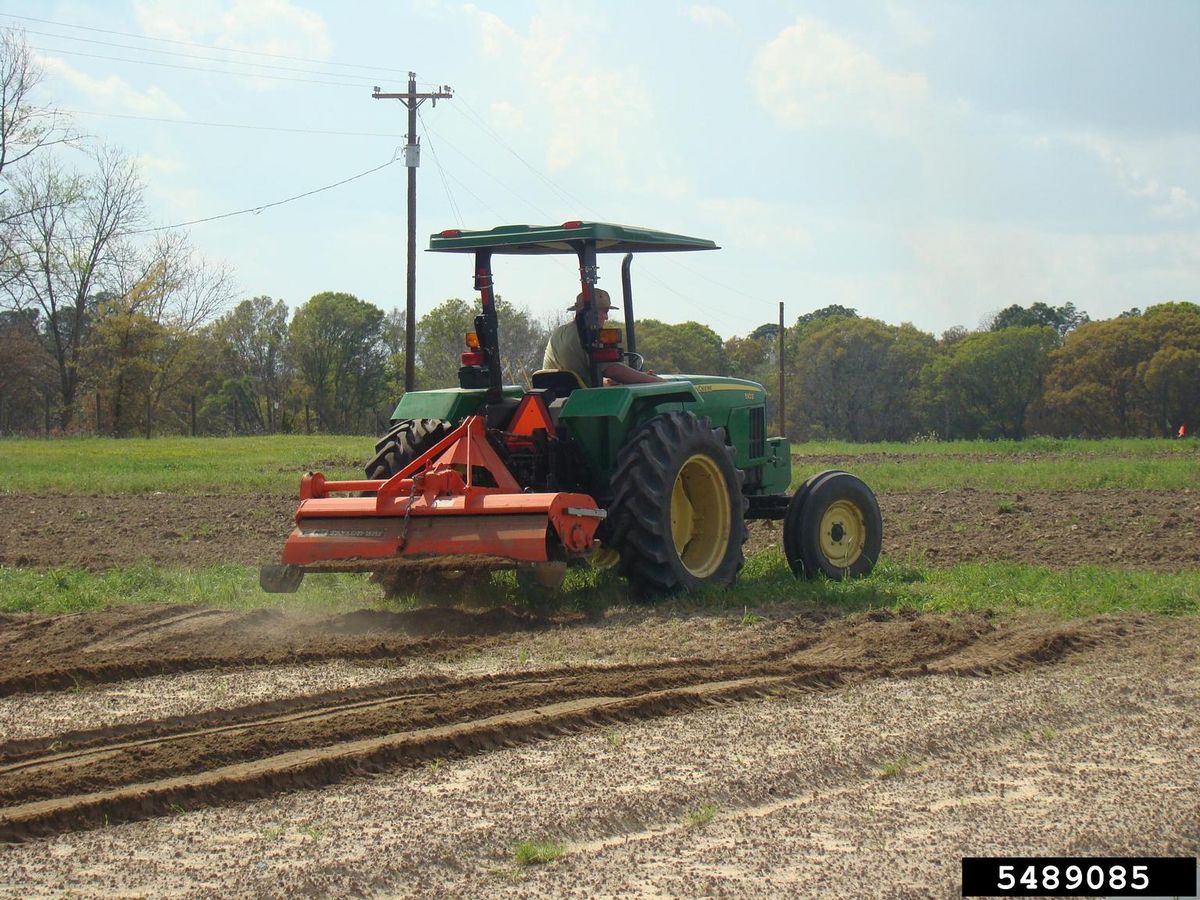
Choosing the right planting time for peaches is crucial for a successful harvest. Peaches are best grown where there is a low chance of late frosts. If your site regularly experiences hard frost in late April and early May, you may encounter difficulties with early budding trees.
The ideal planting time varies by region, but generally, the period between March and April is recommended for Zone 5. This allows the trees to establish their root systems before they start producing leaves and fruit. It’s important to consider the chilling requirements of peach trees, as the cold temperatures during winter provide essential chilling hours for dormancy.
When planning your peach orchard, ensure that you account for the specific needs of the variety you choose, including the timing of planting to avoid frost damage and to meet chilling requirements.
4. Pollination Requirements
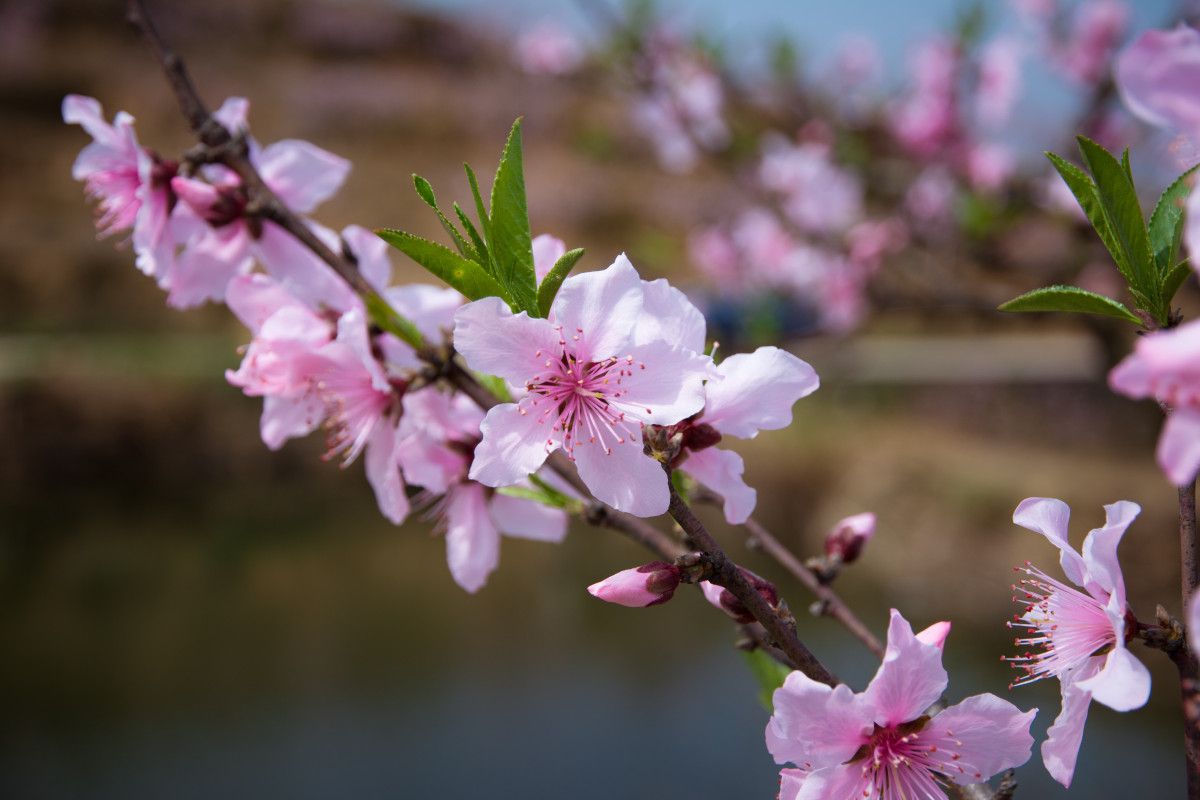
Understanding the pollination requirements of peach trees is crucial for a bountiful harvest. Peach trees are self-pollinating, which means that they do not necessarily require another tree to produce fruit. However, cross-pollination with other peach varieties can enhance fruit quality and yield.
To attract pollinators such as bees, butterflies, and hummingbirds, consider planting a variety of pollinator-friendly plants nearby. Here are some top choices:
- Lavender
- Salvia
- Bee balm
- Sunflowers
- Zinnias
Ensure that these plants bloom at the same time as your peach trees to maximize pollination opportunities.
Remember, while peach trees are less dependent on pollinators than other fruit trees, a garden that supports a diverse range of pollinators will contribute to the overall health of your yard’s ecosystem.
5. Watering Techniques
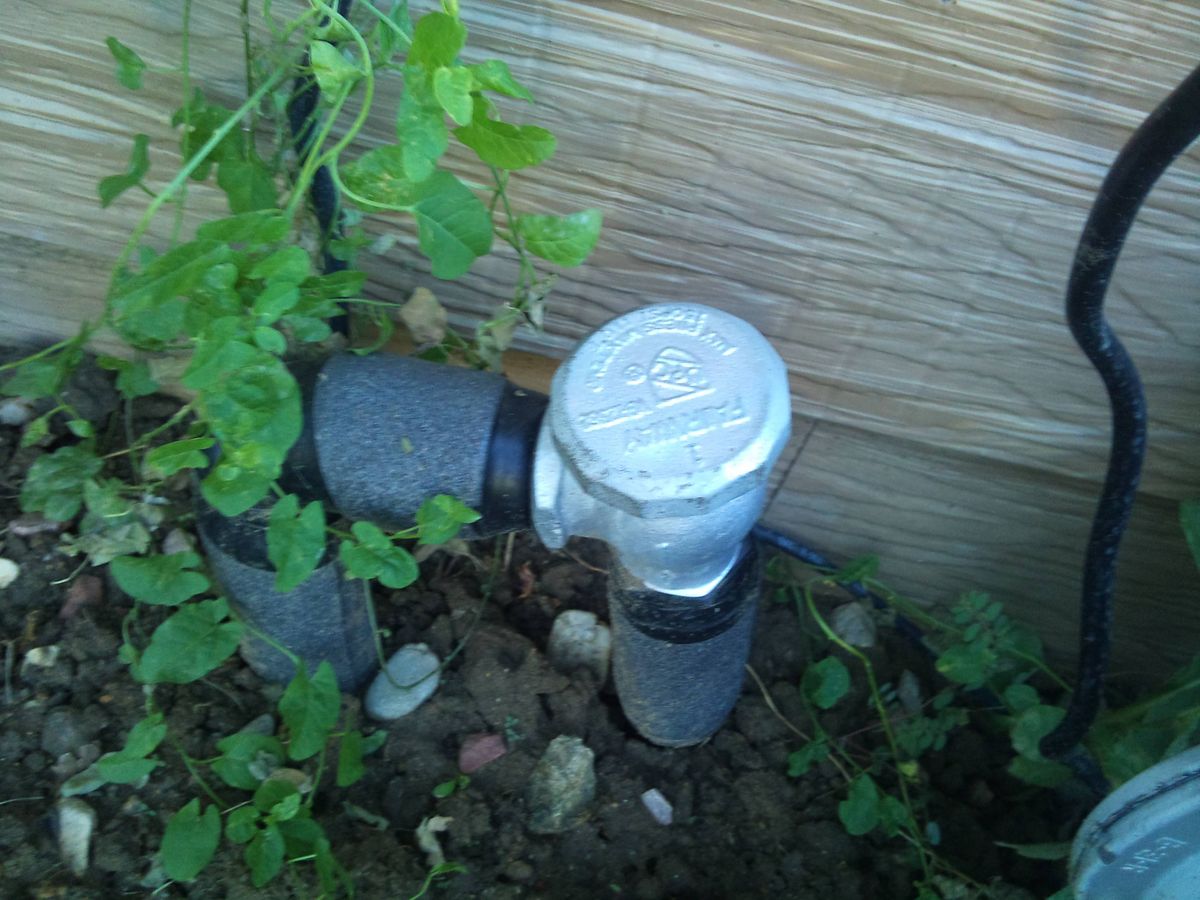
Proper watering is essential for the health and flavor development of peaches. Water newly planted peach trees immediately after planting, and maintain a regular watering schedule. Aim for about 1 to 1.5 inches of water per week, adjusting for soil moisture and weather conditions.
Consistent and deep watering encourages the roots to spread, which is crucial for young trees. Avoid wetting the foliage to reduce the risk of disease. Monitor your trees for signs of stress, such as wilting leaves, and adjust your watering accordingly.
Focus on providing consistent and deep watering to ensure that the tree’s roots spread to the surrounding soil.
Remember, efficient watering goes beyond just the amount. Consider the method of delivery, such as drip irrigation, which can be particularly effective. Here’s a simple guide to help you set up an efficient watering system:
- Determine the water source and method (e.g., drip irrigation, watering can).
- Install a system that delivers water directly to the base of the tree.
- Use saucers or trays to collect overflow and prevent waste.
- Regularly check the system for leaks or blockages.
- Adjust the schedule based on seasonal changes and tree maturity.
6. Fertilization Schedule

Creating an effective fertilization schedule is crucial for the health and productivity of your peach trees. The best time to fertilize is in the early spring, just before bud break. This timing ensures that the nutrients are available when the tree begins to grow. A balanced fertilizer that includes nitrogen, phosphorus, and potassium is recommended for peach trees.
To avoid over-fertilization, which can lead to poor fruit quality and excessive vegetative growth, it’s important to follow a measured approach. Use soil tests to determine the specific needs of your trees and adjust your fertilization plan accordingly.
Here is a simple guideline for fertilizing peach trees:
- Early Spring: Apply a balanced fertilizer before bud break.
- Late Spring: Consider a second application if growth is insufficient.
- Summer: Light feeding can continue if needed, but avoid heavy applications that can harm the tree.
Remember, local conditions such as soil quality and frost dates can influence your fertilization strategy. Consult with local nurseries or extension offices for tailored advice.
7. Pruning Methods
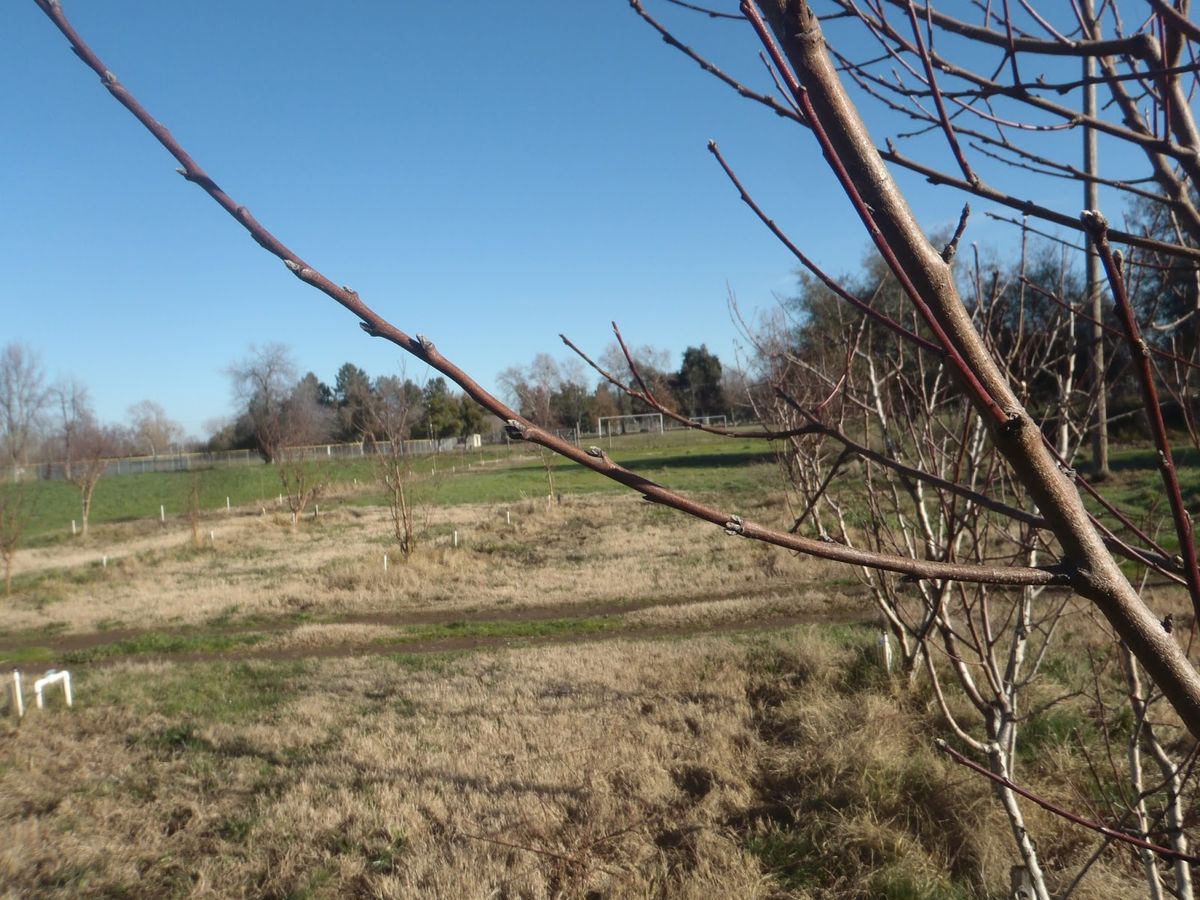
Pruning your peach trees is essential for maintaining their health and maximizing fruit production. Remove dead, damaged, and diseased branches first to prevent the spread of disease and to encourage healthy growth. Make clean cuts just above a bud or lateral branch, and if you’re unsure, seek advice from local experts.
When pruning, use sharp tools like branch trimmers, pruning shears, and folding saws for clean cuts. Pruning not only helps in keeping the tree’s structure balanced but also allows sunlight to penetrate the interior, reducing the risk of fungal diseases. It’s best to prune during the dormant season, typically in late winter to early spring, when the tree is without leaves.
Regular pruning maintains the overall structure and balance of the tree, reducing the risk of limb breakage in heavy winds or storms.
Remember to avoid excessive pruning, as it can be detrimental to the tree’s health. Instead, focus on strategic cuts that will promote a strong framework for the upcoming growing season.
8. Pest Management
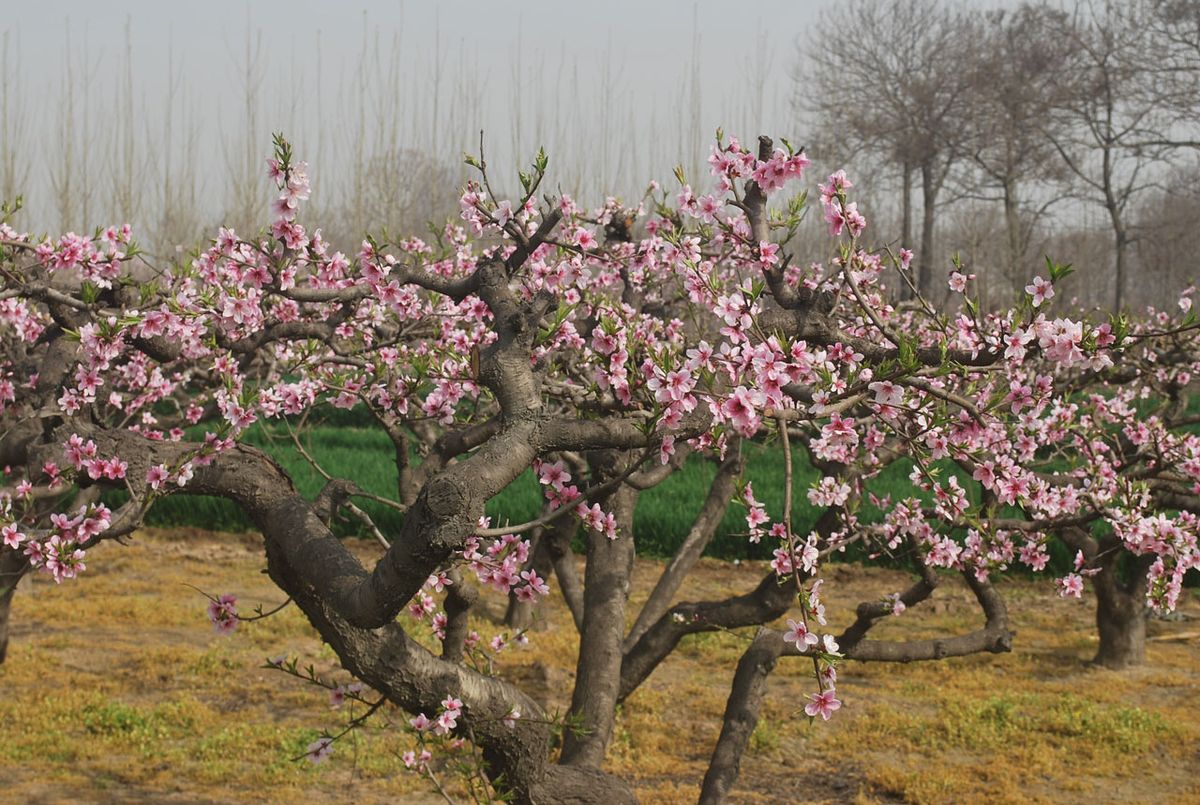
Effective pest management is crucial for growing flavorful peaches. Properly prune trees to allow for rapid drying of fruit and foliage, which is essential in preventing pest infestations. Utilize natural allies such as chickens to forage under the trees, as they can significantly reduce insect and larvae populations.
Another sustainable approach is the application of kaolin clay on tree trunks. This creates a physical barrier that repels pests like Japanese Beetles without harming beneficial pollinators. It’s a safe and environmentally friendly method that can be used throughout the growing season, including close to harvest time.
Sustainable practices in pest management not only protect your peach trees but also contribute to the overall health of your orchard ecosystem. By integrating methods like crop rotation and using organic fertilizers, you can maintain soil health and reduce the need for chemical interventions.
Remember, the goal is to achieve a balance where your peach trees thrive with minimal interference from pests. Regular monitoring and timely interventions are key to a bountiful harvest.
9. Disease Control

Effective disease control is essential for growing flavorful peaches. Keep a close eye on your trees and address any signs of disease immediately. Spots on leaves or oozing from trunks can indicate fungal issues or pest infestations. In particular, Peach leaf curl is a common disease but is not difficult to control. A single fungicide application, using copper or chlorothalonil, can be made in the fall after leaf drop or in the spring to prevent this disease.
Regular monitoring and organic pest control measures contribute to the health and longevity of peach trees.
Another preventative measure is the application of kaolin clay during the growing season. It acts as a physical barrier against pests and is safe for pollinators, making it an environmentally friendly option. Remember, proactive protection is key to maintaining a healthy orchard and ensuring a bountiful peach harvest.
10. Thinning Practices
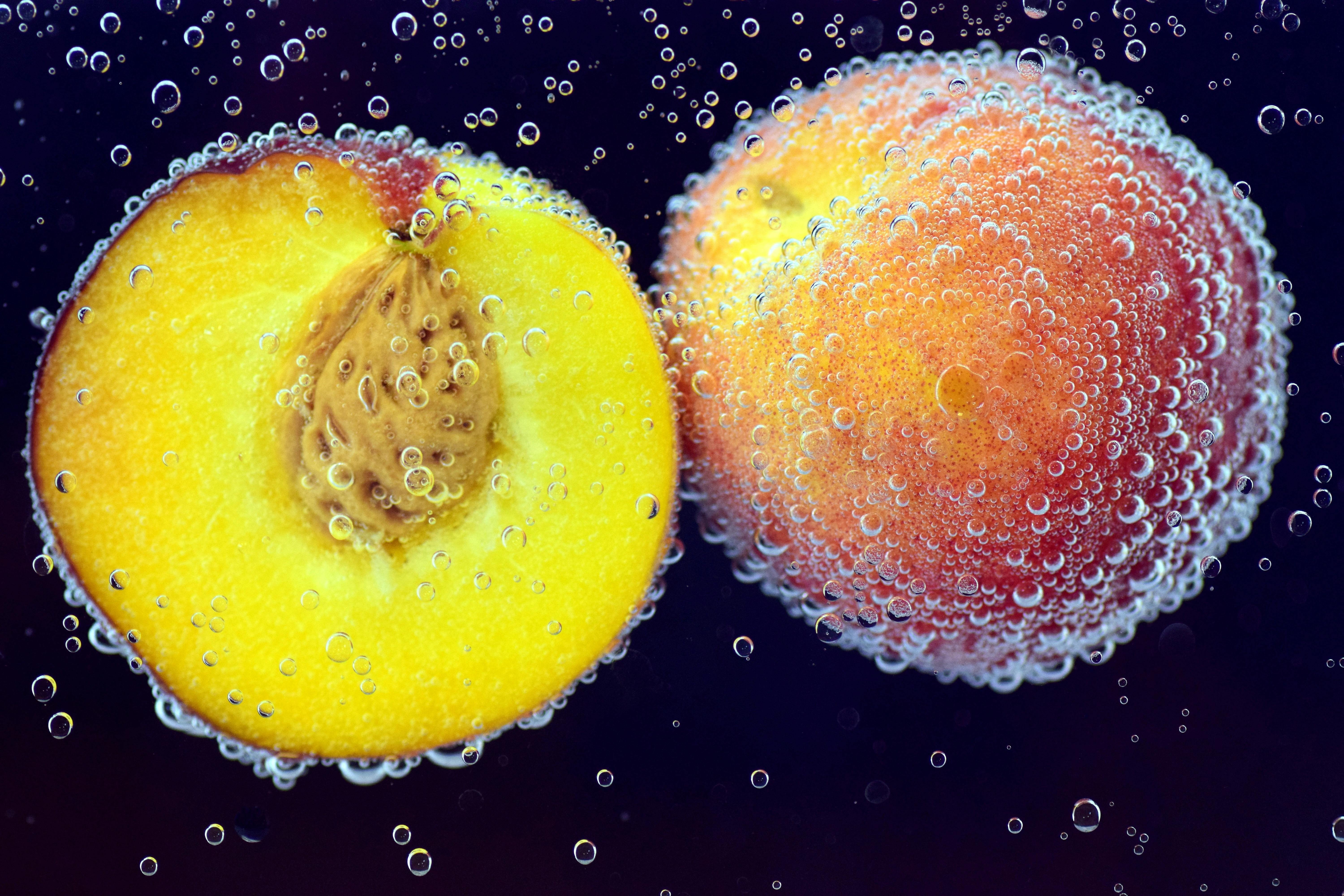
Thinning your peach trees is a critical step in ensuring the production of large, high-quality fruit. Thin fruit when it’s marble size to prevent overcrowding, which can lead to smaller peaches and increased risk of disease. By removing excess fruit, you allow the remaining peaches to receive more nutrients and sunlight, enhancing their flavor and size.
Thinning also plays a vital role in maintaining the structural integrity of your peach trees. Overloaded branches are prone to breaking, especially during storms. To support heavy branches, consider using stakes or trellises. This not only prevents limb damage but also promotes better air circulation around the fruit.
When thinning, work systematically branch by branch, making clean cuts with sharp pruning tools. This methodical approach ensures that you do not miss any clusters and that each remaining peach has enough space to develop properly.
Remember to drop thinnings on the ground beneath the tree. This returns valuable carbohydrates to the soil, benefiting the tree’s health and future fruit production.
11. Harvesting Techniques

Harvesting peaches at the right time is crucial for achieving the best flavor and texture. Look for a change in color from green to yellow, red, or pink, depending on the variety, as a sign that the peaches are ripe. The fruit should also give slightly to gentle pressure and have a sweet aroma.
- When to pick:
- Color change
- Slight softness
- Fragrant smell
It’s important to handle peaches with care to avoid bruising. Use the cradle method, where you cup the fruit in your hand and twist it slightly to detach it from the branch. If the peach doesn’t come off easily, it may need more time to ripen.
Remember, peaches continue to ripen after being picked, so if you prefer a firmer texture, harvest them a bit earlier.
Storing peaches properly after harvesting is essential to maintain their quality. Keep them at room temperature if you plan to consume them within a few days, or refrigerate them to extend their shelf life. Just be sure to bring them back to room temperature before eating to enjoy their full flavor.
12. Post-Harvest Handling

Proper post-harvest handling is crucial for maintaining the quality and extending the shelf life of your peaches. Immediately after harvesting, it’s essential to handle peaches gently to prevent bruising. Store them at room temperature to allow the fruit to ripen evenly. If you need to slow down the ripening process, place the peaches in the refrigerator once they’ve reached the desired ripeness.
For those looking to enjoy their peaches at a later date, consider using breathable mesh bags for storage instead of plastic, as this helps prevent moisture buildup and spoilage. When freezing peaches, ensure they are properly prepared to maintain their texture and flavor.
Remember, the key to delicious peaches doesn’t end at harvest. Proper storage techniques are just as important to ensure that every bite is as flavorful as possible.
Here are some additional tips for post-harvest peach care:
- Wash peaches thoroughly before consumption, even if you plan to peel them.
- Keep peaches away from other produce to avoid accelerated ripening.
- Consult local farming resources or consumer services for more specific storage advice.
5 Tips and Techniques for Growing Eggplant: From Seed to Plate
Cultivating Zucchini: Tips for a Successful and Abundant Harvest
Step-by-Step to Growing Bell Peppers in Your Garden
Mastering the Art of Growing Carrots: Tips for a Bountiful Harvest


